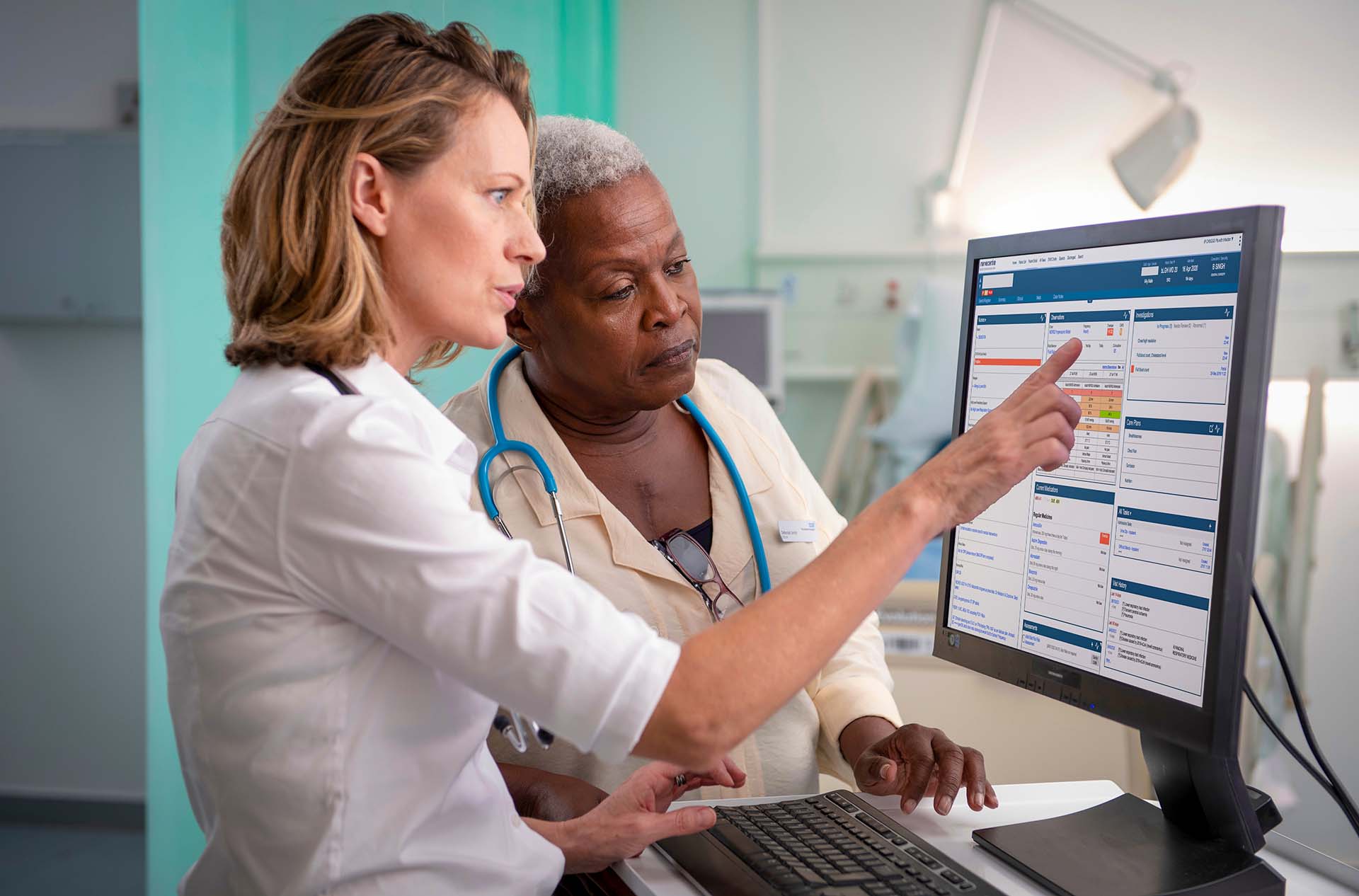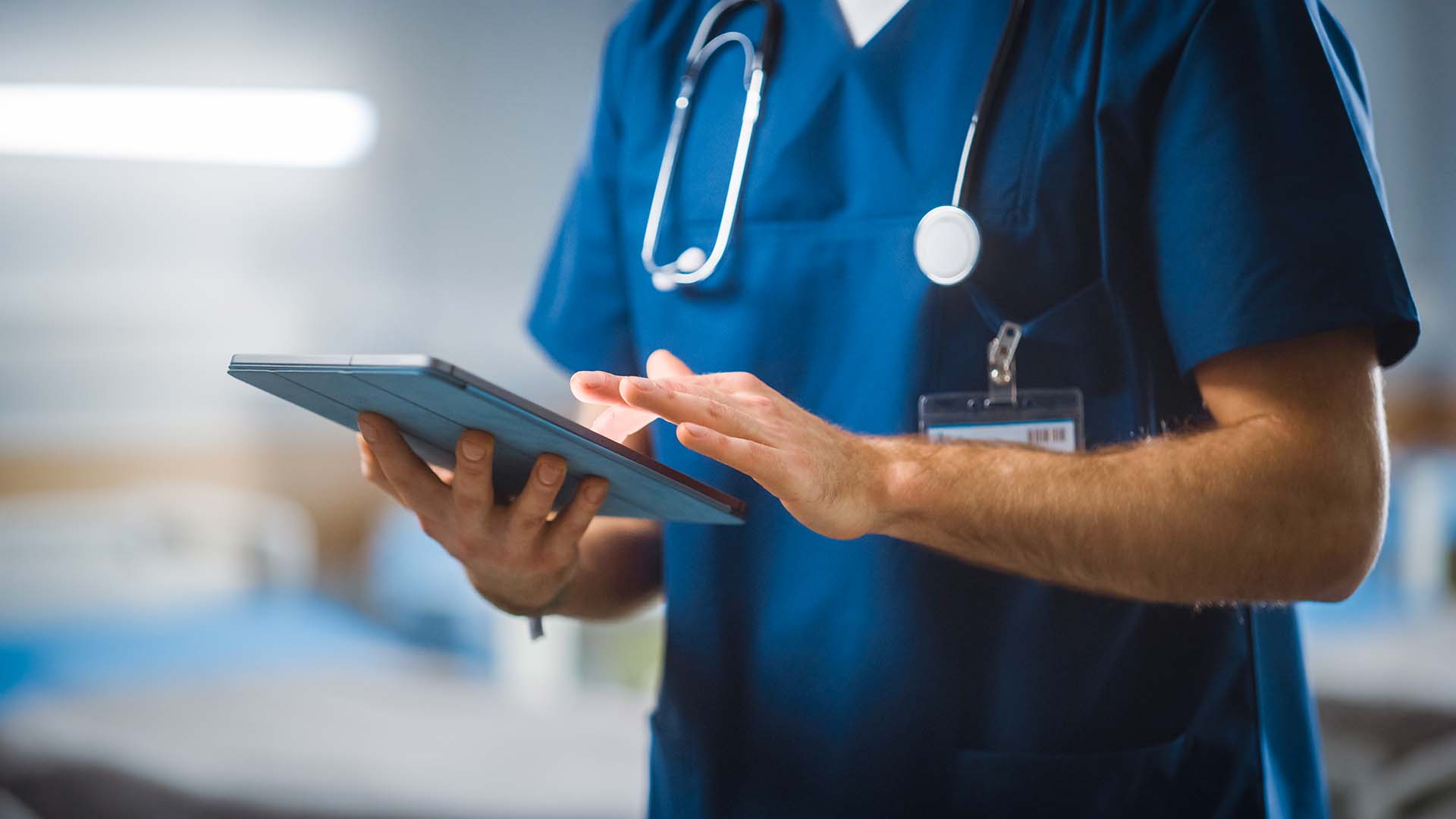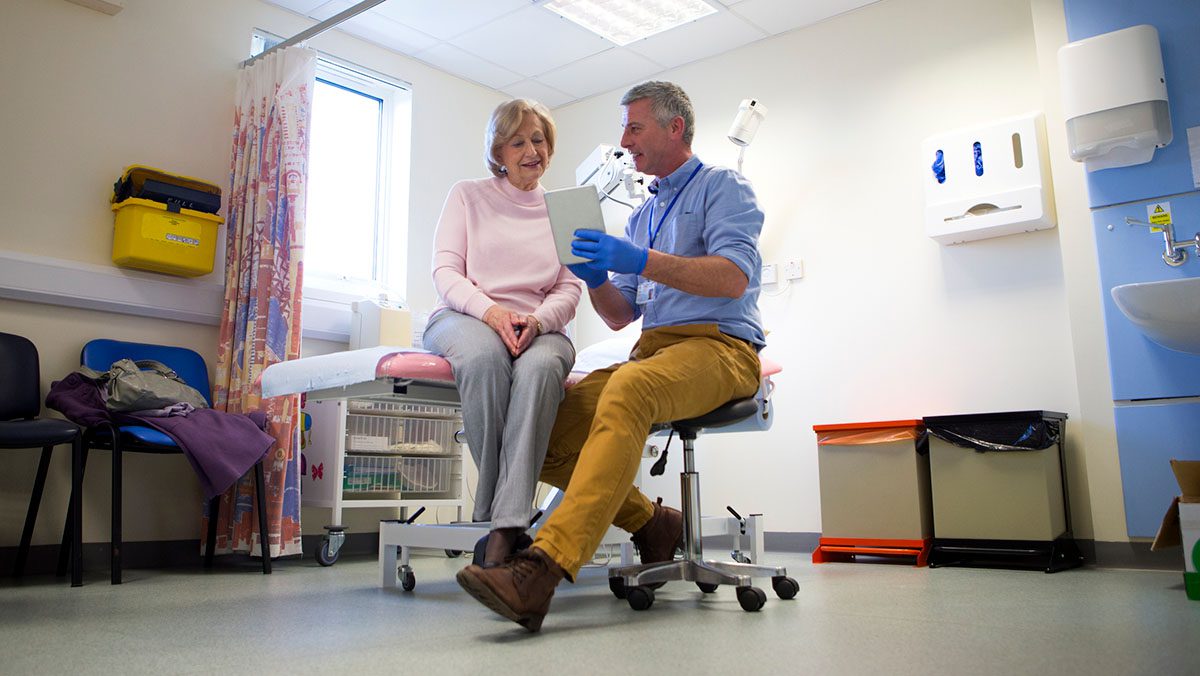Mobile Technology from Nervecentre Software will now play an important part in the early detection of Sepsis and other life threatening conditions such as AKI. This new extension to Nervecentre’s mobile software platform uses vital signs, EWS and pathology results to automate the early diagnosis of sepsis and then goes a crucial step further to ensure that the appropriate doctors and nurses are immediately alerted on their mobile device when a risk of sepsis has been identified.
Research by the UK Sepsis Trust shows that if diagnosed and treated in the first hour following presentation with sepsis, the patient has more than an 80% survival rate. After the sixth hour, the patient only has a 30% survival rate. It consumes over a third of our most expensive hospital beds in Intensive Care and costs the NHS around £2.5 billion a year.
Using the advanced Nervecentre Software on mobile devices, sepsis indicators are applied to a series of clinical rules to identify the early onset of this serious condition and alerts the right doctors and nurses of the early indication to Sepsis and AKI. Crucially, this Nervecentre Sepsis application intuitively links with pathology results and the intelligent alert/escalation system means that not only does the nurse and doctor get alerted to the fact that early sepsis has been diagnosed but it also alerts when pathology results have been received or are still to be reviewed.
As a mobile device driven solution, it ensures that a doctor can view the status of his patients wherever they are in the hospitals without having to log-on to computers to view the patient updates and test results. The doctor can easily view the EWS score on his mobile and will automatically receive alerts for sepsis immediately and can provide a response to the patient’s clinical team.
Paul Volkaerts, CEO, Nervecentre “Sepsis is a killer, not because we don’t know how to treat it but because the recognition of the condition is complex. By automating the combination of physiological and pathology data and proactively driving a response, we can give doctors a better chance to treat this condition. It will also improve the data available on this condition providing doctors with a larger evidence base from which to improve the guidance on how to treat sepsis, severe sepsis and organ dysfunction”.





